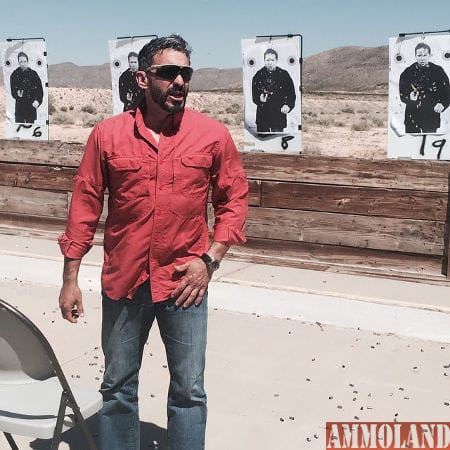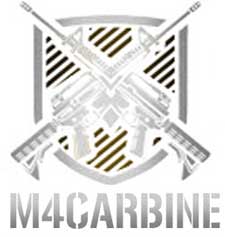

Strasburg, OH -(Ammoland.com)- It really gets annoying watching people conduct post shooting scans improperly. They really are doing nothing more than waving their firearms back-and-forth as if it were a magic wand.
Anticipating the End of the Fight
So, what’s the big deal? There are a couple of points to bring up. First off, we see folks putting more attention on scans than correct follow through. They are in such a hurry to start the scan they totally quit fighting. That’s right, they quit. If you are not performing correct follow through you are not helping yourself in the known gunfight. You are not going to know ahead of time how many rounds it will take to neutralize the threat, but for some reason, you have pre-programmed it so you can start your scan. Rather than working with the known, they are trying to work on the unknown.
See Things, Don’t Look at Them
Then there is the whole thing of actually “seeing.” Part of the scan means you have to locate the next threat. That means you are in the hunt mode, looking for pre-fight cues or target indicators. This is critical because on the battlefield sometimes it’s not who’s the best trained or who has the coolest gear, a lot of times it boils down to who sees who first. Once you pick up on a target indicator the real work starts.
Processing Speed
Now, you have to process what you are seeing and determine whether it is a shoot vs. a no-shoot. Seems pretty simple, however, add chaos, low light, cats & dogs living together, it is a lot harder than it sounds. You have to see what is necessary to justify lethal force. This should never be taken lightly, once the bullet leaves the barrel there is no going back.
Breaking It Down
We teach three different types of scans, all in order of the tactical imperative. The first is the most important: the target scan. You have to determine if you neutralized the known threat. You cannot be so worried about unknowns until you deal with the known. Once you have determined the primary threat is neutralized, next you work on the close scan. The scan used to search for nearby threats or threats that approach quickly after the initial shots fired. Last is an area scan, taking in everything around you, both what’s up and down range of you as well as threats off the deck; rooftop and or second deck scenarios.
Missing the Nose on Your Face
When we get to our assault classes things are happening pretty quickly, and you’ve got a lot on your plate with the various responsibilities as an individual and team. You cannot afford to miss a target indicator and endanger the team as well as fail to neutralize a threat because you moved too quickly to the next threat. Then, and worst of all, is shooting a no shoot because you rushed through your scan, which is nothing more than out running your headlights.
Scans are important, but, put it in context, neutralizing the known threat is a tad bit more important. There will be time for scans, but you have to win the first fight for it to really matter.
V/R,
Jeff Gonzales, President
Trident Concepts, LLC
Si Vis Pacem, Para Bellum
Follow Jeff Online:
TRICON engineering peak performance, creator of TACOST Training Program
About M4Carbine.Net:
M4Carbine.Net is a Technical and Professional discussion forums for enthusiasts of the M4 and AR15 family of weapons. For more information, visit: https://www.m4carbine.net/.
